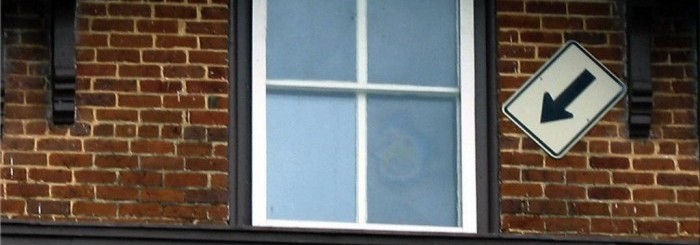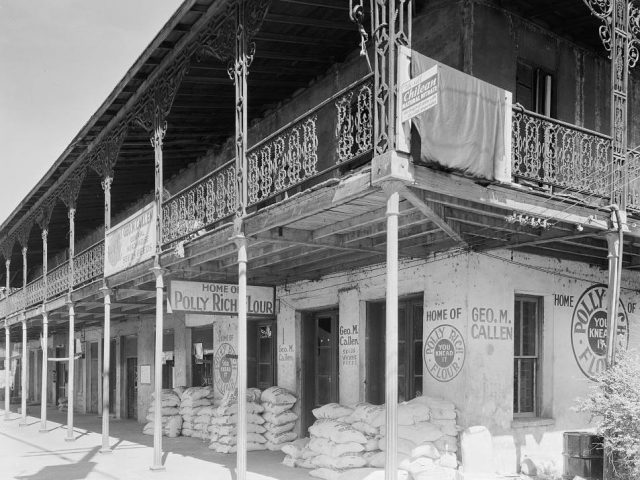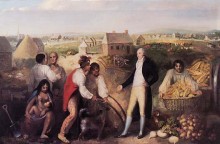Photograph of the face in Courthouse Window, Pickens County (Alabama Department of Archives and History)
(Continued – from Alabama Folklore Part V)
SUPPORT ALABAMA PIONEERS
BECOME AN ALABAMA PIONEERS PATRON
Tap to see how to Become a Patron!
Unemployed authors were employed through the Works Project Administration WPA to record the life and culture of Americans during the Great Depression era. Many were employed in Alabama. In 1937, this excerpt was part of an essay written about Alabama Folklore. The author stated this purpose in writing the essay at the end. The essay is long so it has been divided into several parts. Since it was written in the 1930s, it captures some of the language of the times so be forewarned that it might offend some readers.
The simple tales that have colored existence for the generations also become fewer, unless captured and put on the printed page. The line of story tellers grows thin. Widespread education, new modes of thought and life are responsible for the passing.
To preserve these legends that are so essential a part of the history of the people, the chronicler must prepare his records with haste before the sources have dried.
(The excerpts below have been transcribed from an Essay titled Alabama Folklore March 26, 1937, by J. Edward Rice, Pettersen Marzoni and rewritten by David Holt, Editorial Department, Federal Writers Project Dist. 2, WPA Project 3014, Identification No. 0149-17374)
Alabama Folklore Part VI
Ghost in Glass
Belief in the supernatural is common among the rural natives and in the smaller communities. The most famous of the ghost stories concerns the likeness of a Negro, lynched more than half a century ago which was imprisoned in glass in one of the windows of the old Courthouse at Carrollton.
The Negro, Burkhalter, was being taken to the State Prison at Montgomery after being convicted of burning the court-house of Pickens County. A group of Carrollton citizens, so the story goes, took Burkhalter away from the posse and hanged him to a huge tree in a swamp during a terrific thunderstorm. Before he was killed, the mob asked the victim if he wanted to make a statement.
“I am innocent,” he said, “and you will always have my face to haunt you.”
Undettered (sic) by the protestation of innocence he was swung up and the rope was tightened, there was a blinding flash of lightning.
Next morning one of the mob, back home in Carrollton, passed the court-house and saw Burkhalter’s likeness on a pane of glass in one of the windows. An investigation from the inside showed the pand perfectly clear. However, in certain lights many saw the likeness of the Negro from the outside. The glass remained in place, even during a severe storm which smashed almost every pane in the building. For 65 years the supposed face of Burkhalter has leered down at the inhabitants of Carrollton.
Superstitions and Charms
The close contact for generations with the more primitive Negro in Alabama homes has given the whites perhaps more than their usual share of superstitions. From childhood on most of them have heard of the various signs and portents and the methods of charming away impending danger. Adults scoff publicly at such superstitions, but under the surface there are many who cannot shake off the meaning of omens they learned from black mammies or the pickaninnies (sic) with whom they played when they were young.
In the rural sections the hoot of an owl is as portentuous (sic) as it was when Homer sang of Troy. In the Black Belt such hooting is stopped by twisting the heel of a shoe or hanging a crooked hairpin in the chimney of an oil lamp, Friday the thirteenth, black cats, passing under ladders, a white horse and a cross-eyed woman viewed at the same time – all of the minor superstitions are common beliefs.
The home weather prophet still read the signs of his fathers in bark and leaves and the actions of birds and animals, even though he will listen carefully to the radio for the government predictions as to conditions. Phases of the moon are still watched at planting time, as they were when men first learned that edible seeds and fruits could be grown at their will.
Some Descendants of ELIJAH ABSTON (b.1770) Alabama Pioneer with notes and sources
Surnames of some of his descendants are: ALLEN, AMBROSE, ARNETT, BARRINGER, BELL, BOND, BOYD, BREWER, CRAFT, CRAVEN, CREE, DILL, EDWARDS, FULLER, HART, HAYES, HAYNIE, HERREN, JENKINS, JENNINGS, KIZZIAH, KYZER, LINDSEY, LINEBARGER, LOGAN, MCGAHAY, MAGAHEE, MCCOY, MERCHANT, MINK, MORROW, MOSELEY, MOSLEY, MOSLY, PENCE, POUNDS, PRATT, PREWETT, PRICE, RAINES, RAY, SANDERS, SARTAIN, SEAGLE, SELLERS, SNIDER, TAYLOR, THOMPSON, WRIGHT, YETTER, YOUNG
SEE ALL BOOKS BY DONNA R CAUSEY AT https://www.amazon.com/author/donnarcausey






Been there, saw it!
I’ve seen it.
i have seen it .